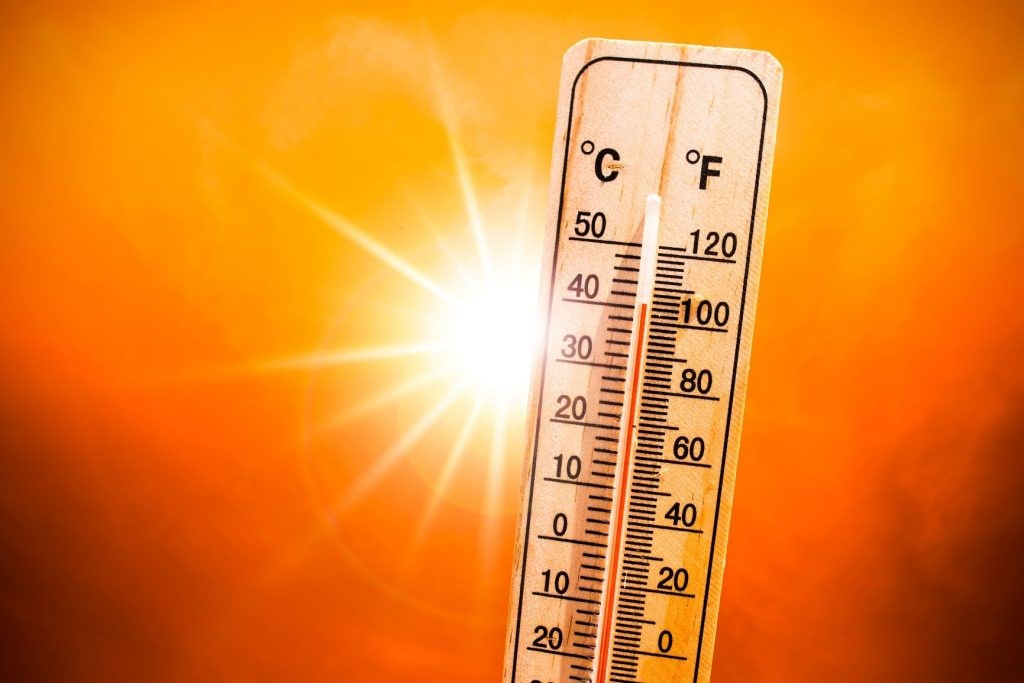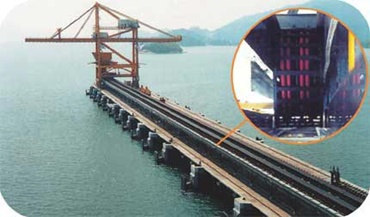Cables for extreme heat
Jen Chen | August 16, 2021
At the moment, the spring weather is still a bit of a wait. But in a few weeks it will probably start again with the higher temperatures. Who knows, maybe another record summer awaits us, as it has in recent years. Cables that are used outdoors often have to withstand seasonal temperature fluctuations. Due to the extreme temperatures in recent years, we therefore also have to consider this issue when choosing the right cable. Therefore, today’s topic is cables in extreme heat and the effects of high ambient temperatures on energy chain cables.

Cables for extreme heat
Large temperature fluctuations in summer – at least in Germany – cannot always be planned. Some weeks they range from 13 degrees and rain up to 42 degrees in the shade.
And while we have various ways to cool down when the heat is intense, the cables are expected to withstand the heat and function smoothly.
The service life of cables depends on many different factors. In addition to the mechanical stress caused by the movement, this also includes the environmental influences mentioned, such as temperature.

Temperature-resistant cables
One of our last articles looked at the cable range for very low temperatures. However, the effects of low temperature on the cable function are quite different from those of high temperatures.
As a general rule, temperature-resistant cables are used in very hot or very cold environments and must function there. And it does so just as well as at normal ambient temperatures. The industrial sectors are diverse and range from refrigeration and air conditioning to glass or ceramics processing, to name just a few examples.
Why temperature-resistant cables?
The higher the temperature, the softer the cable or the outer jacket material becomes. This has an impact on the mechanical load capacity. Therefore, the choice of the right outer jacket is very important at high temperatures. Because in this way, material damage due to heat can be avoided.
A PVC outer jacket, for example, becomes very soft when exposed to intense heat and sunlight. As a result, the durability decreases significantly and a fail-safe function can no longer be guaranteed.
A small overview of the possible temperature ranges of our outer jacket materials is shown in the following overview, which particularly takes into account the use in the chain.
PVC PUR TPE

Applications for higher temperatures
The main focus here is on applications that are exposed to high heat on a daily basis. For example, crane applications in the port or offshore area. Here, the cables are not only exposed to UV radiation in summer, but also to high temperatures due to direct solar radiation. Other areas of application are agricultural or construction machinery.

In our latitudes, exposure to extreme heat is limited to a few weeks or months a year. In other countries, however, the installed cables have to withstand these temperatures permanently. This could be a harbour crane in Malaysia or the application of an open-cast mine in South Africa.
There, for example, we have installed our CF9 and CF37 , both of which can be used at an ambient temperature of up to 100°C.


Do you have any questions on this topic? Are you unsure about choosing the right cable? We will be happy to advise you and find the right cable.
